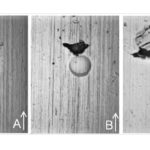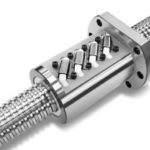 Recently we examined how smearing contributes to bearing failure. Now we’ll examine surface distress.
Recently we examined how smearing contributes to bearing failure. Now we’ll examine surface distress.
Even with the best of manufacturing methods, no surface is perfectly smooth. In bearings, proper lubrication helps smooth out the roughness between bearings and raceways and other parts that interact. If the amount of lubrication is insufficient, or the lubricant is reaching the end of its life, or other factors that compromise lubricant quality arise, the initial signs could be surface distress.
Surface distress can show up as small cracks. These cracks are different from fatigue cracks, which originate beneath surface. Surface distress cracks can be microscopic. But they can increase to the point where they interfere with bearing performance. They can contribute to the development of sub-surface fatigue cracks, which shorten bearing life.
Proper lubrication is the best preventative for surface distress.
Just as a reminder, there are a number of causes that contribute to failure, including:
• Material fatigue
• Operating with a heavier loading than specified
• Inadequate or unsuitable lubrication
• Careless handling
• Poor sealing
• Bearing balls or rollers installed too tightly, with insufficient internal bearing clearance
Each of these contributors leaves known clues on the bearings or the races, so it is fairly easy to determine what happened. However, multiple contributors can be at play in each cause, so it’s useful to have an understanding of each contributor and each cause.
The primary types of damage are:
• Mechanical wear
• Indentations and brinelling
• Smearing
• Surface distress
• Corrosion
• Electric current damage
Other forms of damage show up as flaking or cracks.







Leave a Reply
You must be logged in to post a comment.